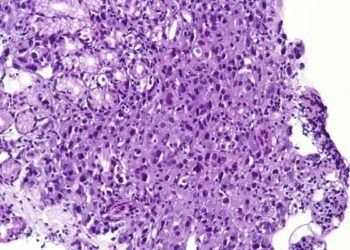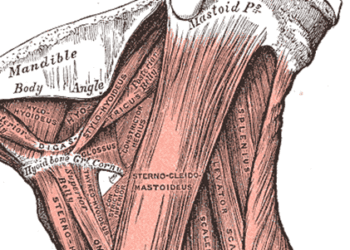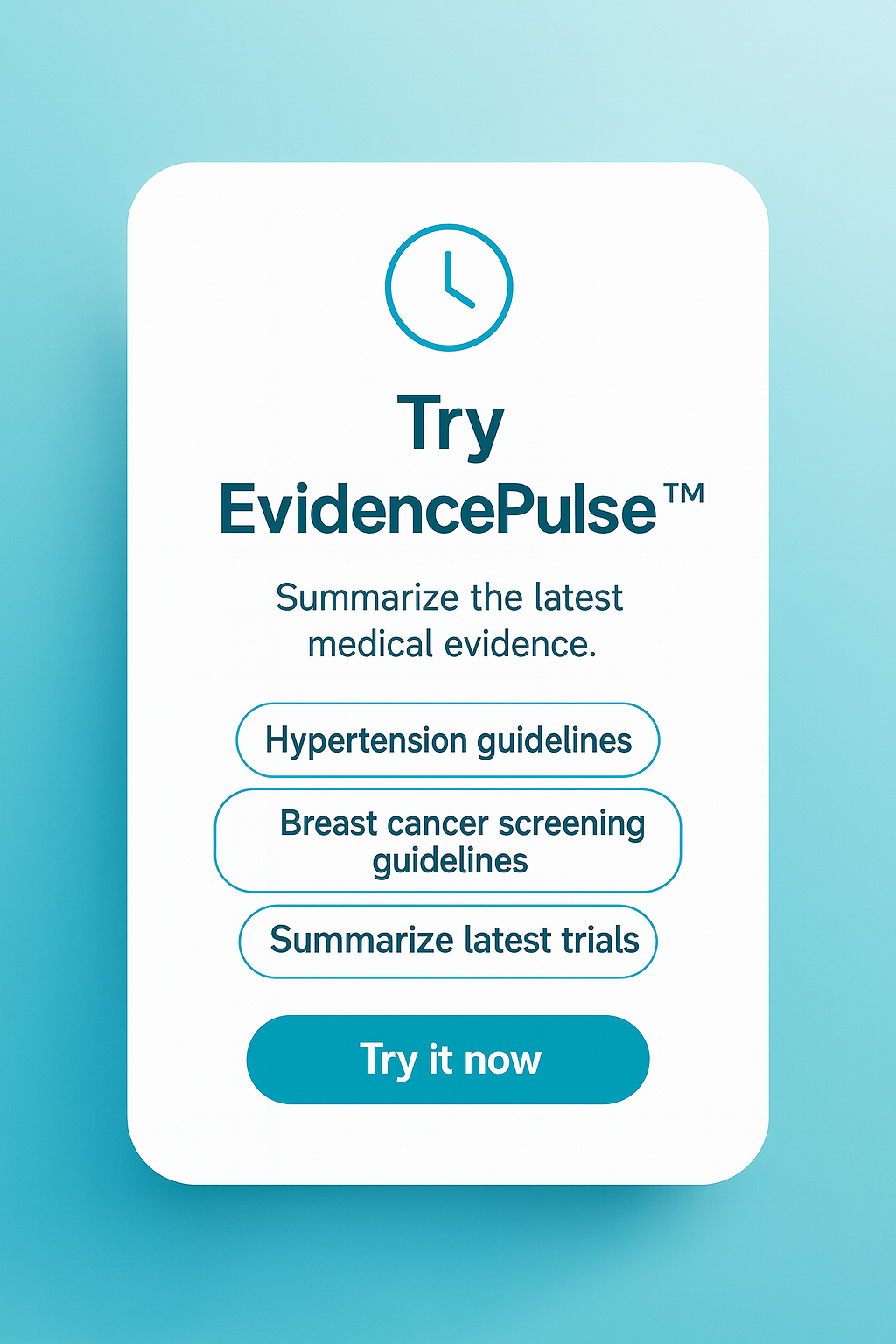Predicting major complications in patients undergoing laparoscopic and open hysterectomy for benign indications
1. Adhesions were most predictive of postoperative complications in patients undergoing either laparoscopic or abdominal hysterectomy for benign disease.
2. Protective factors were age and diagnoses of menstrual disorders or benign adnexal masses in both laparoscopic and abdominal hysterectomies and diagnosis of fibroids in abdominal hysterectomies.
Evidence Rating Level: 2 (Good)
Study Rundown: Hysterectomy is a commonly performed surgical procedure. Both patients and providers prefer a minimally invasive approach and consequently, the proportion of hysterectomies being done laparoscopically has increased substantially over the last 10 years. Previous research has found significant associations between patient characteristics, including age, race, body mass index (BMI), and medical comorbidities, and surgical outcomes for laparoscopic hysterectomy. Patients should be given information about potential risks before surgery to manage expectations, especially when surgery is considered for benign disease. This study aimed to develop and validate prognostic models to quantify how many patients underwent laparoscopic versus abdominal hysterectomy for benign disease and had a major complication. This retrospective cohort study used health administrative data from the English National Health Service from 2011 to 2018. A composite primary outcome of major postoperative complications, including ureteric, gastrointestinal, and vascular injury and wound complications, was used. A total of 11 predictors were selected a priori. Seven regions were used in model development and internal-external cross-validation. The final models were validated. It was found that major complications occurred in 3037/68 599 (4.4%) of laparoscopic and 6201/125 971 (4.9%) of abdominal hysterectomies. Prognostic models showed consistent discrimination in the development cohort (laparoscopic, C-statistic 0.61, 95% confidence interval [CI] 0.60 to 0.62; abdominal, C-statistic 0.67, 95% CI 0.64 to 0.70) and similar or better discrimination in the validation cohort (laparoscopic, C-statistic 0.67, 95% CI 0.65 to 0.69; abdominal, C-statistic 0.67, 95% CI 0.65 to 0.69). In both models, adhesions were most predictive of complications (laparoscopic, odds ratio [OR] 1.92, 95% CI 1.73 to 2.13: abdominal, OR 2.46, 95% CI 2.27 to 2.66). Other factors predictive of complications included adenomyosis in the laparoscopic model and Asian ethnicity and diabetes in the abdominal model. Protective factors included age and diagnoses of menstrual disorders or benign adnexal mass in both models and diagnosis of fibroids in the abdominal model. These online prediction tools are helpful for providing personalized risk estimates for patients undergoing hysterectomy for benign disease and may be useful for preoperative counseling.
Click here to read the study in CMAJ
Relevant Reading: Surgical approach to hysterectomy for benign gynecological disease
In Depth [Retrospective Cohort Study]: Multivariable logistic prediction models using routinely collected data were developed and validated. England-based women with benign gynecological conditions were assessed by a gynecologist. All patients undergoing a laparoscopic or abdominal hysterectomy for benign reasons between January 2011 and December 2018 were identified. Exclusion criteria included women who had a primary diagnosis of malignant disease, those who had a primary diagnosis of female genital prolapse, those who underwent a robotic approach, and those who underwent a vaginal hysterectomy. A composite primary outcome of major surgical complications, including ureteric, gastrointestinal, and vascular injury, and wound complications, was used. A total of 11 predictors based on information that would be readily available in a preoperative setting, including age, ethnicity, and BMI, were selected for inclusion in the models. The data was divided into 8 different National Health Service (NHS) regions, seven of which were used in model development and internal-external cross-validation. The remaining region was used for further validation. During validation, model discrimination (how well predictions differentiated those who had a major complication from those who did not) and calibration (agreement between predicted and observed risk) were assessed. Subsequently, online calculators were developed. Between January 1, 2011 and December 31, 2018, 361 624 patients underwent hysterectomy in English NHS hospitals. The authors included 68 599 patients who had laparoscopic hysterectomies, 3307 (4.4%) of whom had a major complication, and 125 971 patients who had abdominal hysterectomies, 6201 (4.9%) of whom had a major complication. In the model for a laparoscopic approach, menstrual disorders (adjusted OR 0.75, 95% CI 0.69 to 0.82), benign adnexal masses (adjusted OR 0.85, 95% CI 0.77 to 0.94), and other gynecological diagnoses (adjusted OR 0.87, 95% CI 0.79 to 0.96) were protective against major complications. Adenomyosis (adjusted OR 1.46, 95% CI 1.36 to 1.60) and adhesions (adjusted OR 1.92, 95% CI 1.73 to 2.13) were associated with increased risk of major complications. In the model for an open abdominal approach, fibroids (adjusted OR 0.75, 95% CI 0.71 to 0.80), menstrual disorders (adjusted OR 0.52, 95% CI 0.48 to 0.55), benign adnexal masses (adjusted OR 0.79, 95% CI 0.74 to 0.84) and other gynecological diagnoses (adjusted OR 0.78, 95% CI 0.73 to 0.85) were protective against major complications. Asian ethnicity (adjusted OR 1.40, 95% CI 1.24 to 1.58), diabetes (adjusted OR 1.16, 95% CI 1.03 to 1.30) and adhesions (adjusted OR 2.46, 95% CI 2.27 to 2.66) were associated with increased risk of major complications. In both models, adhesions was the strongest predictor of complications. Additionally, in both models, C-statistics were consistent across development regions. These tools may be helpful for guiding shared decision-making in preoperative settings.
©2022 2 Minute Medicine, Inc. All rights reserved. No works may be reproduced without expressed written consent from 2 Minute Medicine, Inc. Inquire about licensing here. No article should be construed as medical advice and is not intended as such by the authors or by 2 Minute Medicine, Inc.









